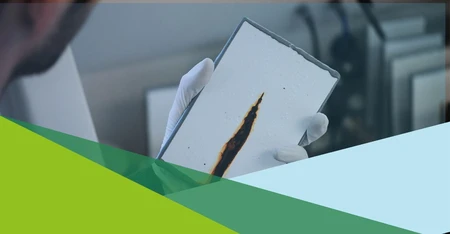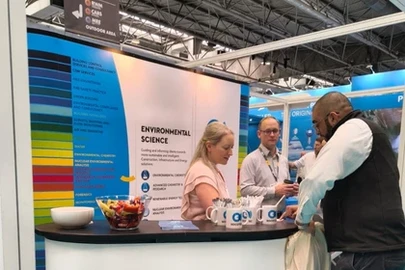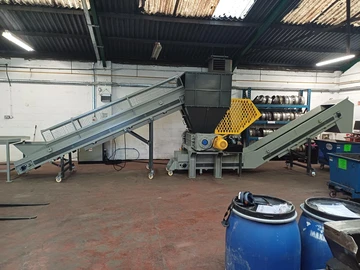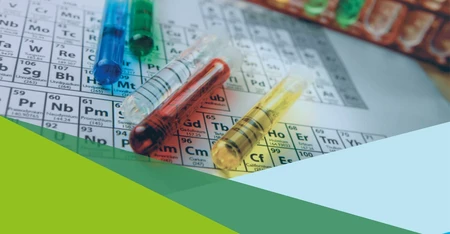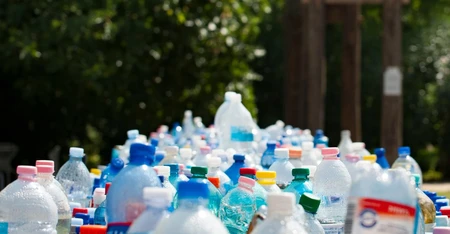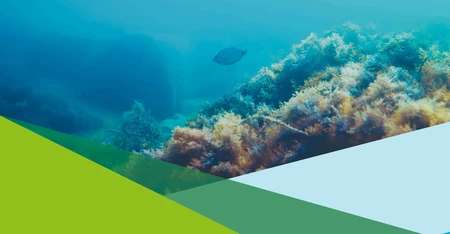Need some advice?
Leave your details and we will get in touch.
I want to be contacted by an expert1 /
There has been much excitement in the plastic pollution world following the recent breakthrough published in Proceedings of the National Academy of Sciences [pnas.org], whereby researchers from Columbia and Rutgers universities in the US found the average litre of bottled water contains nearly a quarter of a million invisible pieces of nanoplastics.

This is undeniably a huge leap forward in the study of microplastics in bottled water and draws attention to the broader imperative of researching microplastics found in the wider environment, including soil, river, marine, agriculture, air and wastewater treatments.
With this ever-growing focus and concern on the volume of plastics in the environment and atmosphere, it is still unknown as to whether or how the plastics themselves pose risks to environmental and human health. Is it that that the size, shape or polymer type is of issue or the fact that they act as vectors carrying other potentially harmful compounds picked up from the environment into the body?
While much progress has been made into discovering where plastic pollution shows up, there is much more needed to understand the plastic particles themselves.
Analytical techniques
Isolation of microplastics is a highly complex process, involving filtration, density flotation and digestion. Once the isolation has been successfully completed, in-depth analysis is required to determine exactly what you have isolated. There are a number of techniques ranging in price, technical ability, time of analysis and the types of results obtained. The size of microplastics of interest will determine what analytical technique is required for identification. This ranges from microscopy, FTIR, Raman and pyrolysis GC/MS.
It is important that research into the potential harmful effects of microplastic to environmental and human health is carried out. As soon as we identify these issues then we, as a scientific community, can work on the best analytical techniques to identify these microplastics in the environment.
SOCOTEC UK works closely with leading universities in research, and we are currently working on our own project to identify the adsorbed chemicals within microplastics from the environment.

An Introduction to Microplastics
